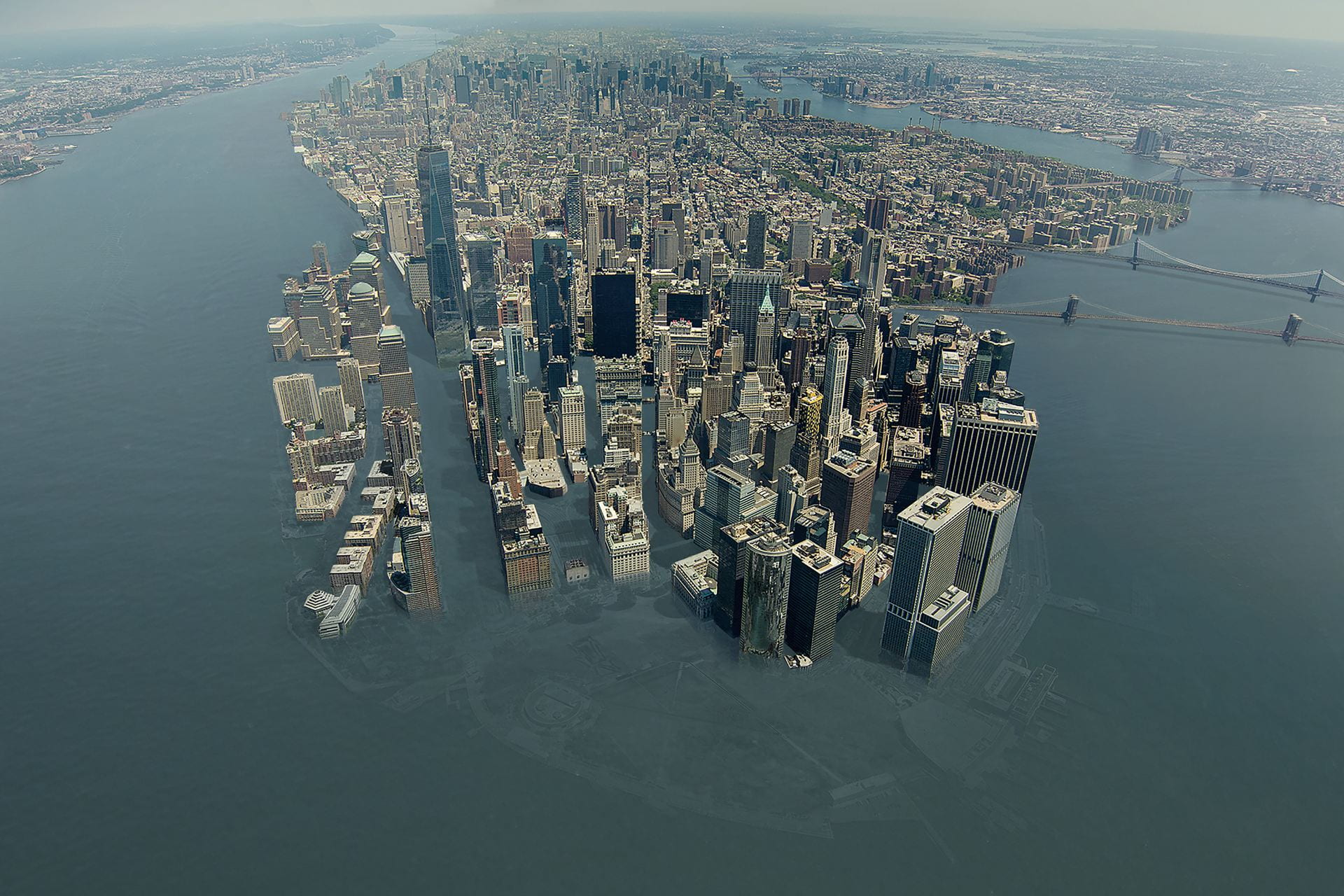As mentioned in the reading, cities are in the center of climate change. There are many environmental impacts, both direct and indirect, that leads to urbanization. While there can be some positive impacts, it is much likely for urbanization to have negative effects on our environment: increasing heat waves, heavy precipitation, drought, and sea levels. Even though cities are the most rapidly developing areas with large populations, it could get adversely impacted when it comes to face the disaster affected by climate change. The article mainly discusses the framework of urban climate change vulnerability and risk assessment and observed processes, trends, and projections of temperature and precipitation for different cities. Among those cities, since I am studying in New York City, the result of NYC observation grabbed my attention the most. Looking at the observed charts, especially the result of increasing sea level, I felt like facing reality hidden behind the world of phenomena. This is why I chose the image below, which is the exact image that came up in my mind. Giving negative impacts on the environment will also negatively affect human life by having an impact on cities’ basic services, infrastructure, housing, human livelihoods, and health. However, according to the research, there is a greater than 90 percent chance that the average global temperature increase over the last century was primarily caused by human activity. This means humans are one of the key contributors for causing climate change. Since environmental issues are happening naturally, I think humans have to take action to reduce the negative consequences. By reading this article, I even more thought that this rising global temperature is a substantial wicked problem that has a repetitive circulation.

